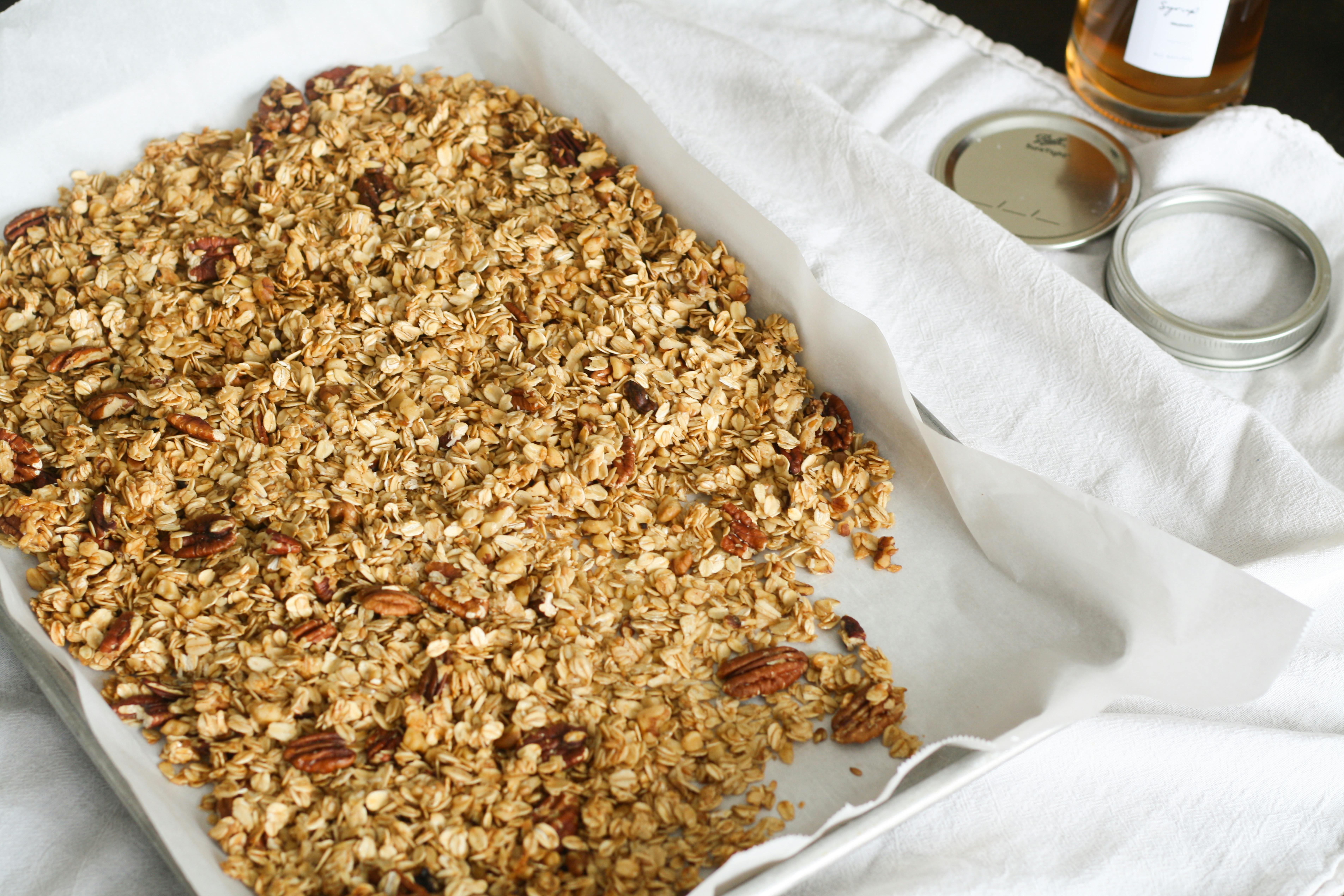
Best 5 Zigzag Diet Options to Optimize Your Weight Loss in 2025
The Zigzag Diet is a revolutionary dieting strategy that incorporates calorie cycling to enhance weight loss without sacrificing the joy of eating. In 2025, many are searching for effective ways to manage their weight while still indulging in their favorite foods. This article explores the best zigzag diet options that will allow you to optimize your weight loss journey.
These dietary approaches emphasize flexibility, enabling you to enjoy a variety of meals while effectively managing your caloric intake. With an understanding of food choices and portion control, you can create a sustainable diet that suits your lifestyle. Let's dive into the options that not only promise fat loss but also support muscle gain, a metabolism boost, and an overall body transformation.
Your wellness journey is poised for success with these innovative strategies that align with fitness goals and body composition objectives. We will also highlight tailored programs available through online coaching, ensuring your weight management is as effective as possible. Here’s a preview of what you will learn:
- The principles of calorie cycling and its advantages
- How to incorporate low and high-calorie days effectively
- Meal preparation tips for successful diet adherence
- Mindful eating techniques to enhance satisfaction levels
- The role of hydration and nutrient-rich foods for optimized performance
Understanding Calorie Cycling for Effective Weight Loss
What is Caloric Cycling?
Caloric cycling is a dieting strategy where individuals alternate their calorie intake over a set period. The fundamental premise is to create a calorie deficit on certain days while allowing for higher caloric consumption on others. This approach not only prevents metabolic slowdown but also keeps the body guessing, which is essential for enhancing fat-burning potential.
Benefits of Zigzag Dieting
This dietary approach encourages a sustainable lifestyle change rather than a quick fix. By integrating high-calorie days with low-calorie days, followers can still enjoy their favorite foods without guilt. This flexibility allows for social eating occasions and cheat meals, improving adherence in the long run. Moreover, it can aid in better nutrient timing, optimizing fat loss while preserving muscle mass.
Caloric Intake and Metabolism
Caloric intake is crucial in any weight loss plan. Utilizing a zigzag approach helps maintain metabolic function, allowing for a balance of energy levels throughout the week. By varying calorie amounts—typically lower on rest days and higher on active days—individuals experience less energy crash and improved overall satisfaction.
How to Create a Calorie Cycling Plan
To implement a zigzag diet effectively, start by calculating your maintenance calorie needs. From there, define your lower calorie days—generally setting them at about 500-800 calories below maintenance—and your higher calorie days, where you can add a surplus of 100-200 calories. Prepare a nutrition plan that includes balanced macronutrients, focusing on healthy fats, fiber intake, and strong protein sources.
Case Study: Real Life Success Stories
Numerous individuals have successfully adapted to the zigzag diet. For example, a fitness enthusiast managed to shed 10 pounds in two months by following this method, incorporating strength training and cardio workouts alongside her new eating patterns. This sustainable approach enabled her to maintain her energy levels and successfully manage cravings.
Meal Planning for Zigzag Diet Success
Creating Nutrient-Rich Meal Plans
A successful zigzag diet requires meticulous meal planning, which helps ensure that you are meeting your nutritional needs on both low and high-calorie days. Focus on nutrient-dense foods rich in vitamins and minerals, emphasizing whole grains, lean proteins, fruits, and vegetables. This strategy not only facilitates weight loss but also boosts your overall health and well-being.
Sample Meal Ideas for Low-Calorie Days
On low-calorie days, plan meals that are high in fiber to keep you satiated. For breakfast, consider a spinach and mushroom omelet with whole-grain toast. Lunch could be a hearty vegetable soup, while dinner can consist of grilled chicken with steamed broccoli. Snacks should be low-calorie but nutrient-dense, such as Greek yogurt or carrot sticks with hummus, making hydration important throughout the day.
Sample Meal Ideas for High-Calorie Days
High-calorie days allow for more flexibility regarding food choices. Consider adding complex carbohydrates post-workout to support recovery. A typical high-calorie day could start with oatmeal topped with nuts for breakfast, followed by a quinoa salad with grilled salmon for lunch, and a stir-fried tofu and vegetable dish for dinner. Incorporating healthy snacks like protein bars or smoothies can help maintain energy levels throughout the day.
Importance of Meal Prep
Meal prep is essential to sticking to your zigzag diet plan. By preparing meals in advance, you reduce the risk of reaching for unhealthy foods when hunger strikes. Use a fitness app to track your meals, monitor portion sizes, and stay aligned with your macro goals. This proactive approach fosters adherence and enhances consistency in your dietary behavior.
Strategies to Stay Motivated
As with any dieting process, staying motivated can be challenging. Engage in regular check-ins about your progress, whether through journaling or sharing successes with a nutrition coach. Incorporate motivational techniques such as setting small, achievable goals and celebrating milestones along your wellness journey.

Mindful Eating Techniques for Optimal Results
Understanding Mindful Eating
Mindful eating is a critical component of effective weight management strategies. By practicing this approach, individuals become more aware of their food choices and portions. This self-regulation leads to improved dietary adherence and higher satisfaction levels during meals.
The Role of Portion Control in Success
Portion control is crucial for managing caloric intake, especially when alternating between low and high-calorie days. Utilize smaller plates, and take the time to savor each bite, which can help in avoiding overeating and enhance the overall dining experience.
Listening to Your Body's Hunger Cues
A key aspect of mindful eating is understanding your body's hunger signals. Prioritize intuitive eating by asking yourself if you're genuinely hungry before reaching for food. This approach minimizes emotional eating and enhances your connection with food. Keep in mind that hydration plays a significant role; sometimes thirst is mistaken for hunger, so ensure appropriate water intake.
Adapting to Changes in Your Diet
Throughout your zigzag diet journey, it’s important to allow for behavioral changes and adapt to how your body reacts. Everyone’s response to food intake can differ; being attuned to these variations can guide your decisions and foster a better relationship with food.
Success Indicators to Track Your Progress
Keep a diary or use diet tracking tools to measure everything from body measurements to energy levels. Weight fluctuations are normal, so monitoring overall trends helps you understand what works for your diet psychology and how to create the best dietary habits for weight management.

Integrating Fitness with Your Zigzag Diet
Combining Workout Regimens
To optimize weight loss results, integrate both cardio workouts and strength training into your fitness routine. Cardio exercises will help you burn calories, while strength training will support muscle gain and enhance your metabolism during low-calorie days. This combination boosts energy levels and contributes to a balanced lifestyle.
Nutrient Timing with Workout Schedules
Understanding when to eat concerning your workout schedule can further enhance your results. For example, consuming protein-rich meals before and after workouts can facilitate muscle repair. On high-calorie days, focus on nutrient timing to maximize your body's use of these calories for energy.
Incorporating Flexibility into Your Fitness Plan
Fitness doesn’t have to be rigid; allow yourself the flexibility to adjust your workouts based on energy levels and daily commitments. Intuitive adjustments can enable you to maintain a consistent exercise regimen while following your zigzag diet plan comfortably.
Long-Term Success with a Holistic Approach
For sustained weight loss and fitness improvements, embrace a holistic approach that combines healthy eating and regular exercise with mental wellness. Engaging in stress management practices and good sleep hygiene helps support weight control and healthy lifestyle choices.
Online Coaching for Additional Support
Consider seeking online coaching to provide guided support and accountability through your journey. Tailored programs can offer a customized approach, ensuring that you maintain motivation and achieve your fitness goals while adhering to your zigzag diet.
Q&A Section
What is the Zigzag Diet?
The Zigzag Diet is a calorie cycling approach where you alternate between high-calorie and low-calorie days. This method enhances metabolism and facilitates sustained weight loss.
How can I create a meal plan for the Zigzag Diet?
Start by determining your maintenance caloric needs, followed by specifying your high and low-calorie days. Ensure meal variety and include all food groups to maintain nutrient adequacy.
Can I still enjoy my favorite foods?
Yes! The Zigzag Diet allows for flexible meal choices, meaning you can incorporate cheat meals and enjoy social eating without guilt while pursuing your weight loss goals.
How do I stay motivated on the Zigzag Diet?
Engage in motivation strategies, such as tracking progress, setting smaller goals, and connecting with a community that shares similar fitness aspirations and challenges.
What are some common mistakes to avoid?
Avoid rigid adherence to dietary restrictions; focus on balanced eating, hydration, and regular physical activity to help maintain overall wellbeing and encourage consistency.